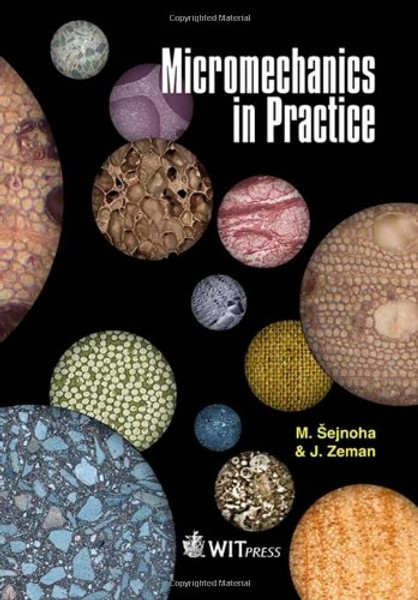Product Overview
Micromechanics in practice applies micromechanics to the analysis of practical engineering problems. It considers both classical composites, represented by carbon/carbon textile laminates, and applications in Civil Engineering, including asphalts and masonry structures. These considerably distinct material systems have as a common denominator the randomness of their internal structure. Also, because of their complexity, all material systems are studied on multiple scales. Since real engineering, rather than academic, problems are the main interest, these scales are treated independently from each other on the grounds of fully uncoupled multi-scale analysis. Attention is limited to elastic and viscoelastic behavior and to linear heat transfer analysis.
To achieve this, the book addresses two different approaches to the homogenization of systems with random microstructures. In particular, classical averaging schemes based on the Eshelby solution of a solitary inclusion in an infinite medium represented by the Hashin-Shtrikman variational principles or by considerably simpler and more popular Mori-Tanaka method are compared to detailed finite element simulations of a certain representative volume element (RVE) representing accommodated geometrical details of respective microstructures. These are derived by matching material statistics such as the one- and two-point probability functions of real and artificial microstructures. The latter one is termed the statistically equivalent periodic unit cell owing to the assumed periodic arrangement of reinforcements (carbon fibers, carbon fiber tows, stones or masonry bricks) in a certain matrix (carbon matrix, asphalt mastic, mortar). Other types of materials are introduced in the form of exercises with emphases on the application of the Mori-Tanaka method in the framework of the previously mentioned uncoupled multi-scale analysis.






